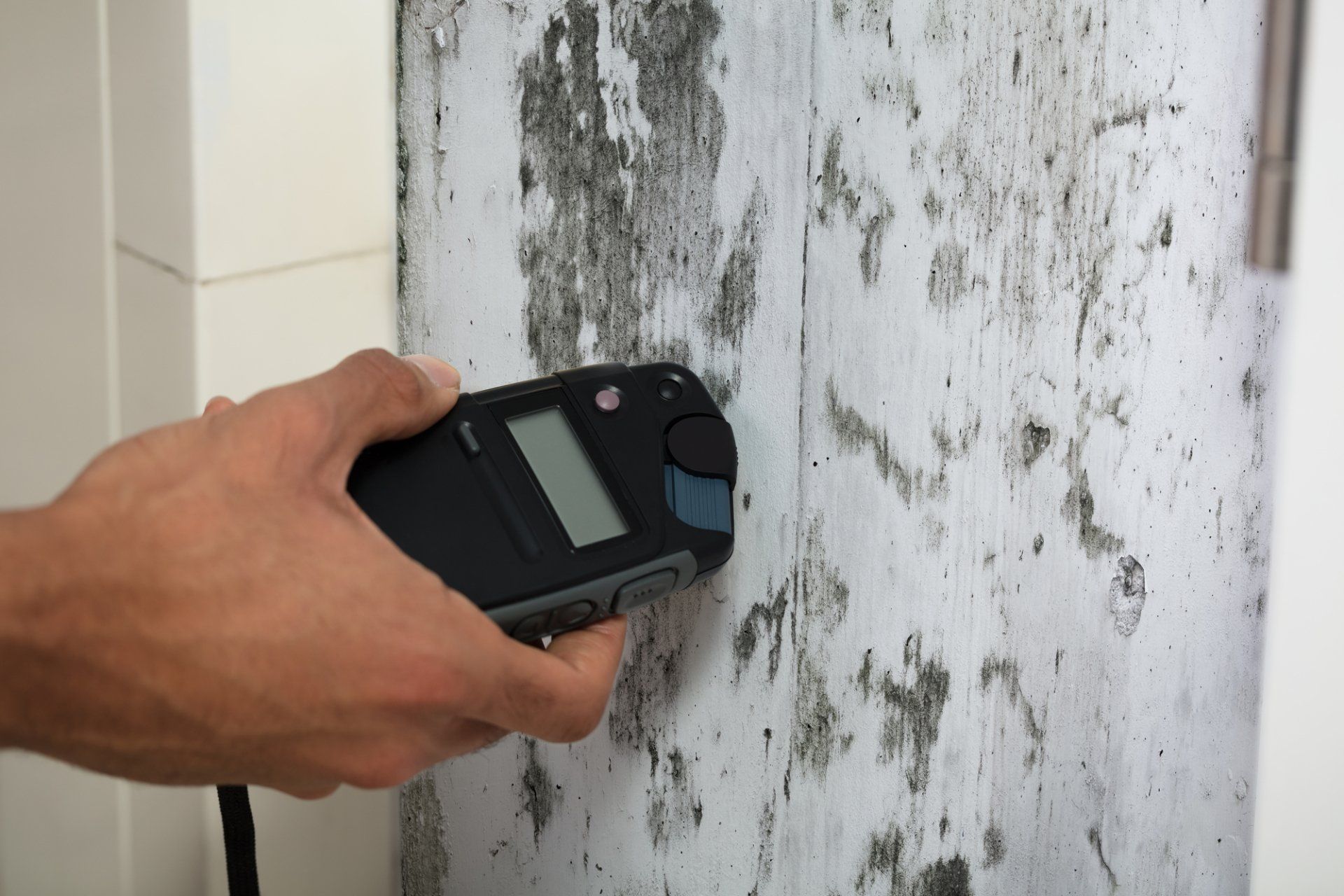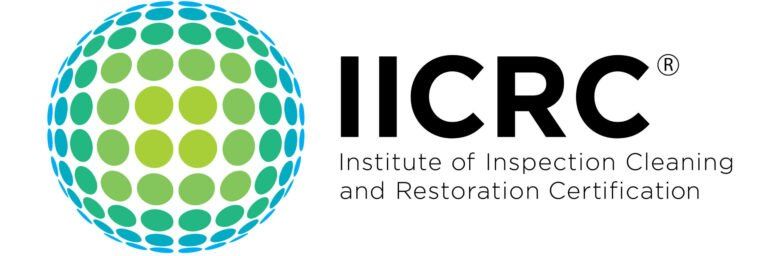What Is White Mold and Is It Dangerous
You may see white mold growing on food or other areas. It’s another form of mold that can cause issues if not taken care of. There are different types of white mold found in homes. White molds often appear when the mold is just developing. In fact, white food mold can be difficult to see initially because it just looks like small, white spots. If you don’t know what you are looking at, you can miss it. White mold may have a powdery texture, so it’s easy to overlook.

Can you get sick from white mold?
Absolutely. White mold is more harmful than other molds because it grows in organic materials. White fluffy mold may look harmless, but it carries health risks dependent on the individual. People often confuse crystalized mold with efflorescence because they look similar. If you see white on the brick, chances are it's efflorescence. A good test is to put a drop of water on it. If it dissolves, it’s not mold. White mold penetrates organic materials like drywall, food, or wood.
You may see a white webby mold on plants that will cover the leaves. You can also see it on fruit and vegetables. It is contagious, so whatever it is next to, chances are that food will also start showing signs of white mold on it.
One of the problems with white mold is that it can damage the structural integrity of your building. If it’s not taken care of, chances are you will have serious problems in the future. At the first signs of white mold, it’s important to get it taken care of immediately.
White mold exposure symptoms
Can white mold make you sick? The honest answer is, it depends. Some people don’t have any symptoms, but others may start reacting with sneezing or runny noses. Other symptoms of white mold sickness include eye irritation, nausea, headaches, bouts of dizziness, and sometimes depression. White mold side effects can also include anxiety, memory loss, or insomnia if not detected and treated in a timely manner.
There are individuals who have a high tolerance and aren’t affected the way someone with sensitive skin or allergies would be. Mold can be detrimental to someone with breathing or respiratory problems. Seeing a physician after exposure is always recommended.
How can you get rid of white mold?
Depending on the severity of the mold, there are a few things you can do. First, consider the items you have in your home. Here are a few suggestions:
- Mouthwash can be an effective way to get rid of it. Use one part mouthwash and three parts of water to the affected area.
- Vinegar. A solution of two teaspoons of apple cider vinegar and a quart of water sprayed onto the area may work. Repeat the process for a few days.
- Hydrogen peroxide and baking soda.
When should you seek professional help?
You’ll want to call an expert mold removal service when things are beyond your control. For instance, if your attic has a lot of white mold growing in it because of a leaky roof, condensation, or poor ventilation, you need a professional to take care of the problem. You may also find white mold in the basement or crawl space. If you start smelling areas that seem like there has been condensation, it’s important to start looking for signs of white mold.
Remember, white mold can penetrate porous surfaces, so wood is highly susceptible to white mold damage. For an expert opinion and consultation, contact the team at Stateline for assistance today.




